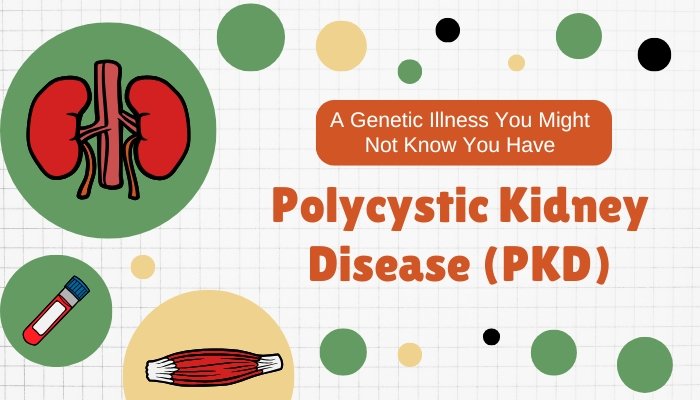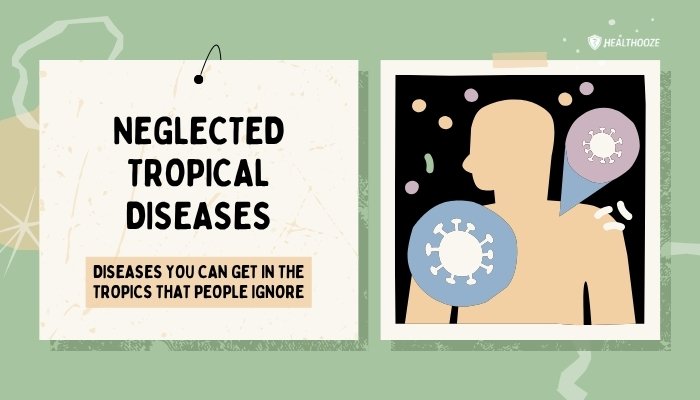Introduction
Polycystic Kidney Disease (PKD) is a hereditary disorder that causes fluid-filled cysts to grow in the kidneys, often leading to progressive kidney damage. Many people with PKD remain undiagnosed for years, experiencing little to no symptoms until the disease has already impacted their health. Despite being one of the most common inherited kidney disorders, its slow progression and variable presentation mean individuals might be unaware they carry this condition. This article dives into how PKD develops, its common warning signs, and the latest treatment options and lifestyle tips for managing it.

What Is Polycystic Kidney Disease?
Defining PKD
PKD is characterized by numerous cysts—noncancerous, fluid-filled sacs—that grow within the kidneys. Over time, these cysts may enlarge, compressing and gradually compromising normal kidney function. The disease typically exists in two main forms:
- Autosomal Dominant PKD (ADPKD): The most frequent type, often manifesting in adulthood—though cysts can sometimes appear earlier. A single mutated gene from one parent is enough to cause the disease.
- Autosomal Recessive PKD (ARPKD): A rarer, more severe form typically found in infancy or early childhood, requiring both parents to pass on the mutated gene.
Genetic Basis
ADPKD typically involves mutations in the PKD1 or PKD2 genes, which code for proteins polycystin-1 or polycystin-2. Variations in these genes disrupt normal kidney cell development, promoting cyst growth. In the recessive variant, the PKHD1 gene mutation leads to a different disease mechanism. Thorough genetic counseling can clarify inherited risks for family members.
Signs and Symptoms
Early Stages
Many with ADPKD experience no noticeable symptoms in the early years. Cysts may be too small or too few to affect kidney function significantly. Mild flank discomfort or occasional urinary tract infections might be the only clues.
Progression
- Pain or Heaviness in the Flank/Back: As cysts grow, they can cause chronic aches.
- High Blood Pressure: Common in PKD, sometimes preceding kidney function decline. Elevated blood pressure can further strain the kidneys and cardiovascular system.
- Frequent Urinary Infections: Cysts can harbor bacteria, aggravating UTIs or kidney infections (pyelonephritis).
- Blood in Urine (Hematuria): Cysts may rupture or irritate surrounding tissues, causing visible or microscopic bleeding.
Complications
- Kidney Stones: PKD fosters conditions ripe for stone formation, including altered kidney structure and fluid dynamics.
- Declining Renal Function: Over decades, cystic growth can result in chronic kidney disease or end-stage renal disease, necessitating dialysis or transplant.
- Extrarenal Manifestations: Some individuals also develop cysts in the liver, pancreas, or brain aneurysms.
Why PKD Often Goes Unnoticed
Slow Disease Course
The cysts typically enlarge gradually, so many individuals remain asymptomatic until the disease is well advanced. Routine blood or urine tests might not be abnormal until a significant portion of kidney function is compromised.
Overlapping Symptoms
Non-specific issues like mild backache or hypertension might be attributed to lifestyle, stress, or age-related factors. Without imaging, doctors might not suspect PKD at first glance.
Lack of Screening
Family history can raise suspicion, but many carriers are unaware of relatives who died from kidney problems or had undiagnosed PKD. In the absence of clear risk factors, routine screening (like ultrasounds) is uncommon.
Diagnosing and Monitoring
Imaging Tests
- Ultrasound: Often the first step for detecting kidney cysts, widely available and noninvasive.
- CT or MRI Scan: Provides detailed kidney images, verifying cyst sizes, counts, and possible complications.
Genetic Testing
Those with a strong family history but inconclusive scans or borderline cases may consider genetic tests to confirm PKD. Though not always necessary for management, it can clarify risk and guide family planning.
Evaluating Kidney Function
- Blood Tests: Checking serum creatinine, eGFR to gauge how effectively kidneys filter waste.
- Blood Pressure Monitoring: High blood pressure control is integral to preventing further kidney damage.
Treatments and Management
Slowing Progression
- Blood Pressure Control
- ACE inhibitors or ARBs help reduce stress on kidney vasculature, preserving function longer.
- Lifestyle Adjustments
- Salt restriction, adequate hydration, routine exercise, and a balanced diet reduce cardiovascular and renal complications.
- Medications
- Tolvaptan: A vasopressin receptor antagonist that can slow cyst growth in some ADPKD patients. However, monitoring for liver side effects is necessary.
Managing Symptoms and Complications
- Pain Relief: Non-opioid analgesics or, in certain severe cases, cyst decompression surgery.
- Treating Infections Promptly: Quick antibiotic therapy for UTIs or cyst infections.
- Avoiding Nephrotoxins: Minimizing use of NSAIDs or other kidney-stressing drugs.
Advanced Interventions
- Dialysis: For end-stage renal disease (ESRD).
- Kidney Transplant: The definitive solution for failing kidneys, giving many patients a new lease on life if immunosuppressive regimens are well-tolerated.
- Surgery: In select cases, removing extremely large or painful cysts or dealing with complications like kidney stones.
Support and Lifestyle Tips
Emotional and Family Counseling
Living with PKD involves long-term vigilance and unpredictable disease progression. Individual or family therapy aids in managing stress or potential caregiver burdens if ESRD arises. Genetic counseling helps clarify inheritance for siblings or children.
Regular Checkups
Annual or biannual evaluations, including ultrasound scans and blood/urine tests, detect changes early. This fosters prompt interventions—like controlling newly elevated blood pressure or addressing kidney stones before they worsen.
Community and Education
Online communities (e.g., PKD Foundation) or local support groups provide resources on diet, research updates, and moral support. These connections guide patients in self-advocacy or locating specialized nephrologists.
Conclusion
Polycystic Kidney Disease (PKD) can be a silent threat—lurking for years without substantial symptoms. While genetic in nature, environmental and lifestyle factors influence how quickly it progresses. Early detection, mindful management of blood pressure, and new therapeutic options such as tolvaptan help slow kidney decline, enabling individuals to maintain better health for longer. By normalizing discussions around “genetic kidney diseases” and encouraging routine screening in families with a history of renal disorders, more people can catch PKD before irreversible organ damage. Ultimately, with the combination of medical guidance, supportive self-care, and emerging treatments, living a fulfilling life while managing PKD is increasingly possible.
References
- Harris PC, Torres VE. Polycystic kidney disease. Annu Rev Med. 2009.
- Grantham JJ, Mulamalla S, Swenson-Fields KI. Why kidneys fail in autosomal dominant polycystic kidney disease. Nat Rev Nephrol. 2011.
- Cornec-Le Gall E, Audrézet MP, Chen JM, et al. PKD1 and PKD2 gene mutations in autosomal dominant polycystic kidney disease: genotype–phenotype correlations. J Am Soc Nephrol. 2013.
- PKD Foundation. Living with polycystic kidney disease: resources and guidance.





